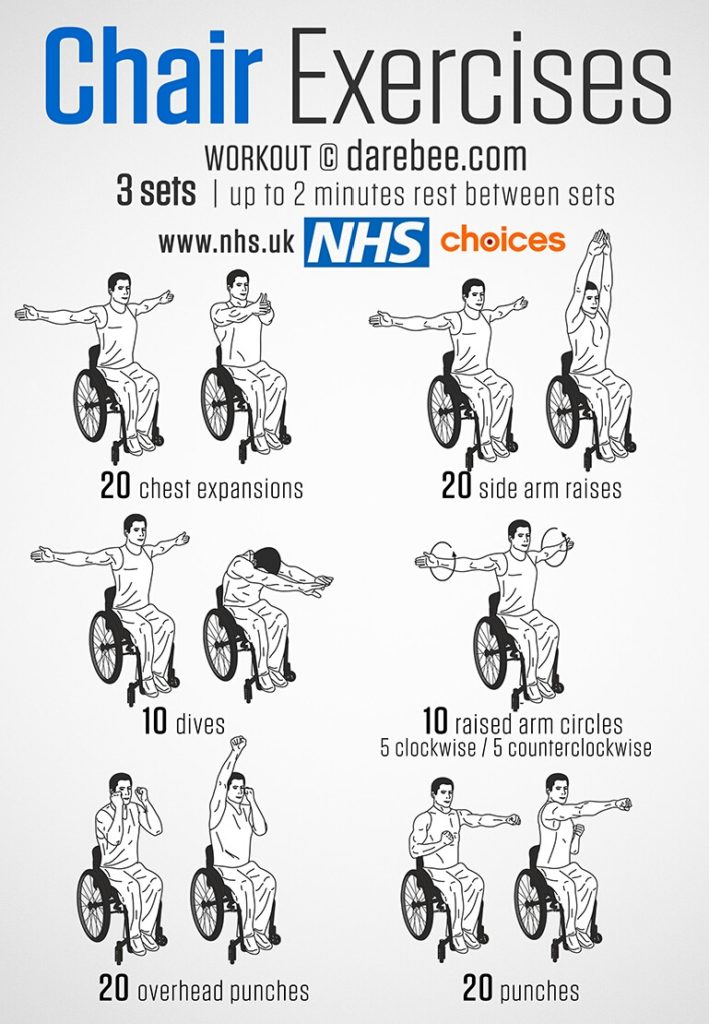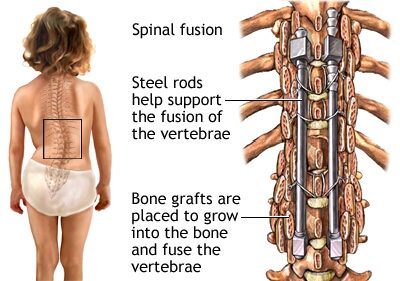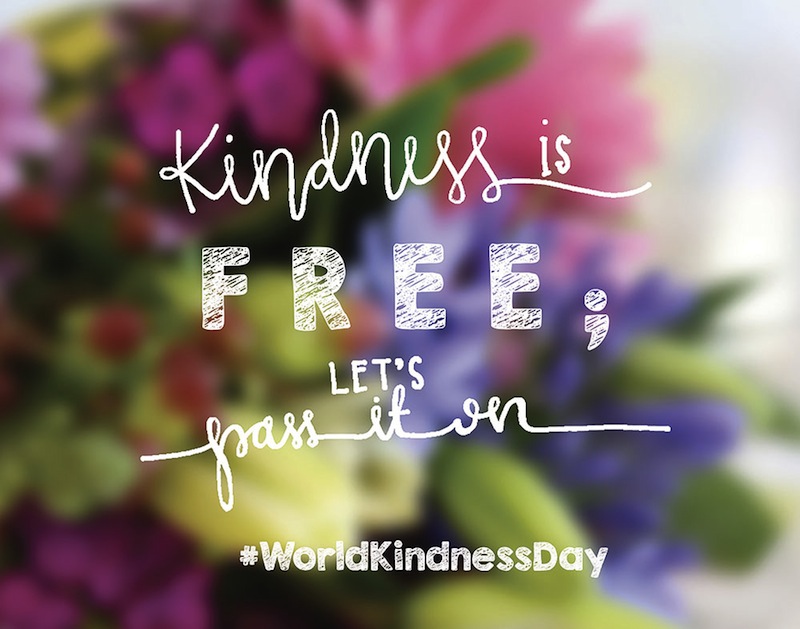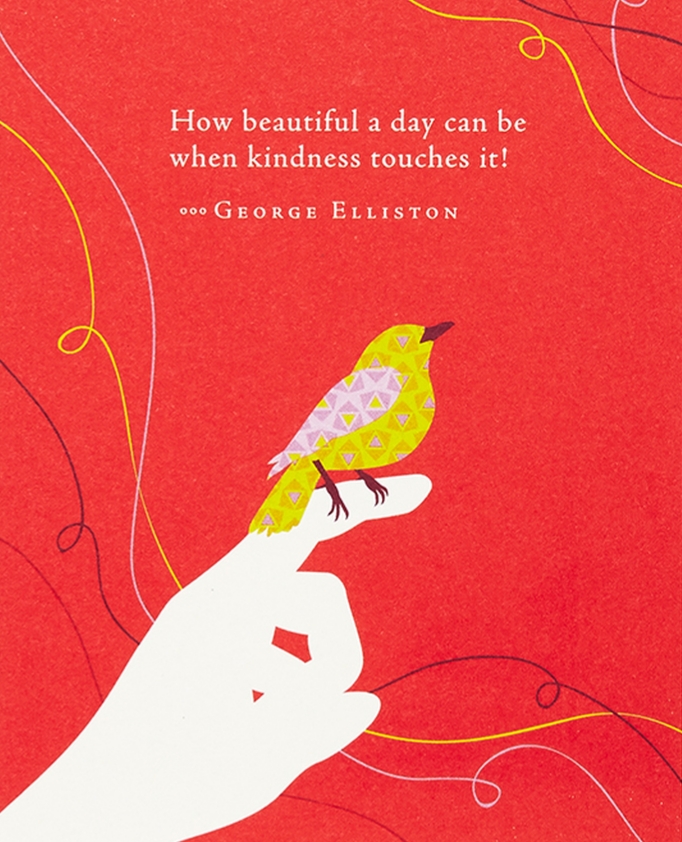True Grit and Grace: Turning Tragedy into Triumph
Former athlete and professional dancer Amberly Lago suffered a horrific motorcycle accident in 2010, which severed her femoral artery and shattered her right leg almost beyond repair.
Despite her debilitating, life changing injuries, Amberly has transformed her life and is now a fitness trainer and motivational speaker, inspiring thousands with her resilience and ability to thrive.
In her remarkable memoir, ‘True Grit and Grace’, this Texas girl instills hope to keep moving forward by sharing the tools and strategies that have worked for her.
The determination, defiance and gratitude she demonstrates encourages readers to find resilience in their own difficulties. By refusing to give up, Amberly has admirably commited herself to regaining her active lifestyle, thereby proving it is possible to hit rock bottom and still find the strength to get back up.
1. Amberly, could you please tell us how your disability affects you and how you continue to cope with ongoing, chronic pain?
Following my motorcycle accident in 2010, I was diagnosed with Chronic Regional Pain Syndrome. CRPS is known as “the suicide disease” because it causes constant chronic pain. It’s ranked highest on the pain scale and has no known cure. When I was first diagnosed, I was told I’d be permanently disabled and wheelchair-bound.
At first I lived in denial and pretended nothing was wrong. Behind my smile, I was dying inside from physical and emotional pain. Everything I read about CRPS left me feeling hopeless. Still, I continued moving forward, despite the feeling of a vice grip on my foot and battery acid through my veins. I tried every kind of treatment for my pain, including a spinal stimulator, nerve blocks, ketamine infusions, Eastern and Western medicine, and anything that claimed it could bring me relief.
It wasn’t until I accepted the fact that I had CRPS and what I call my “new normal” that I began to show myself the self-love and self-compassion I needed to start to feel better. I wish I could tell you I found some magic pill or movement that relieves my pain, but the truth is, every day is different, and so are my pain levels. What works some days doesn’t always work the next, so I just keep trying, and doing, and praying.
When I am in pain, I go through my list of helpful tools. There is no particular order.
I practice mindfulness, meaning I do whatever I can to stop thinking about and focusing on my pain. I surround myself with positive people. No more doggy downers, only puppy uppers!
I count my blessings and practice gratitude.
I give myself permission to rest on a flare day and remember that I am doing exactly what I need to do. I am recovering.
I eat an anti-inflammatory diet.
I am on a sleep schedule (and yes, this means that I have an alert on my phone that tells me when it’s bedtime).
I am still learning to meditate.
I breathe deep breaths.
I pray.
I do everything I can to be of service to others. When you focus on the well-being of others, your self-pity disappears as you improve the quality of someone else’s life.
Then I repeat. Instead of allowing my pain to make me bitter, I do my best to appreciate everything I have, no matter how big or small. I will focus on the good in my life and let that be my medicine.
 2. You endured incredibly trying times prior to your motorcycle accident, including parental divorce and sexual abuse. How has maturity and resilience helped you since your accident?
2. You endured incredibly trying times prior to your motorcycle accident, including parental divorce and sexual abuse. How has maturity and resilience helped you since your accident?
I learned from a young age to “cowgirl up” because at the time, there was no alternative. Dwelling on why reality wasn’t prettier wouldn’t have done a thing for me. It would have crippled me then, preventing me from achieving everything I wanted to and crippled me years later when I was actually crippled, preventing me from choosing nothing less than recovery. As weird as it may be to say this, I believe the pain and isolation I felt in those difficult times as a child were an ironic blessing of sorts. When you know from an early age that you’re on your own and can rely only and entirely on yourself, it’s as liberating as it is sad. But if you can take the sadness and self-pity out of it, then what you’re left with is a liberating sense of freedom—and, when trauma strikes, you don’t waste any time looking for someone to bail you out.
3. How and why did you choose to ignore and defy the doctor who abruptly told you that you would never function normally within society, not walk again?
Call it my stubbornness or my love of a good challenge or being in complete denial, but I wanted, more than anything, to chase after my daughter like a mother should and be free to do the things that make my heart sing, like hiking and exercise. Just because my body was “broken” on the outside, I was still the determined athlete on the inside. I learned to truly listen to my body and to be the healthiest I could be, despite my circumstances. We may not get to control what happens to us, but we can control how we react to it. So, getting on with my life was a series of three steps up (to the degree that I could take steps) and six steps back, both physically and emotionally. Every one of my surgeries, that totaled 34, I viewed as bumps in the road. I couldn’t think of them as anything but that. If I had, I would have given up. And nothing, not even a doctor’s advice, could get me to do that. Although I love my doctors, I had to think for myself when it came to my own health and happiness.
4. Understandably, you experienced severe depression following your accident. What was the turning point for you? And how do you find strength and energy to turn such despair into positivity?
Somewhere in between surgeries number 28 and 34, I mentally spiraled into a deep, dark depression. I could feel myself giving up and giving in to the pain, and in that moment, I thought about my beautiful children, my family, my friends, and my clients, and realized I had better make a decision. I could go down the road of despair or down the road of peace and happiness. I immediately threw myself into a place of gratitude for all I did have in my life. Every time a negative thought crept into my mind, I replaced it with something I was grateful for. I threw myself into physical therapy and stayed active with my fitness clientele. Even though I couldn’t physically train them at first, I could still create their exercise plans and coach them over the phone. Being of service really took me out of my despair and gave me a sense of purpose and a strong feeling of connection.
5. Complex Regional Pain Syndrome (CRPS) is also often referred to as “the suicide disease” due to the fact so many sufferers take their own lives. How did you overcome the odds and move forward in order to achieve your goals and live life to the fullest?
My heart sank the first time I learned I had what is known as the suicide disease. When I found out I had an incurable disease that would leave me in constant chronic pain, I defaulted to denial; it took me years to accept that I am a woman with a disability. It wasn’t until I completely accepted my disability that I could begin to heal—not only physically, but emotionally and spiritually as well. I focus on what I can do and don’t get caught up in past accomplishments. I celebrate small victories along the way, whether being able to walk up the stairs on my own or walk on the beach with my family. I only look back to see how far I have come. I connect to my higher power every day and pray. Instead of letting my chronic pain detour me from my endeavors, I use it as a tool to connect me with others going through challenges and am reminded that I am not alone on this journey.
6. Throughout the book, you discuss the need for hope, acceptance and gratitude — to be thankful for all you have rather than looking to the past and what you have lost. Do you feel this is the key to getting the most out of life?
At first I was so caught up in my past accomplishments that I couldn’t live fully in the present moment. I went from being a dancer, athlete, and fitness trainer to fighting just to stand upright for a few seconds at a time. I was so embarrassed of my scars and tried to pretend that nothing was wrong with me. Allowing others to see my scars crushed me. Slowly, however, my perspective changed and I took ownership of my story. I then viewed my scars as battles I had won. Instead of looking down at my leg in anguish, I looked at it as a blessing. I still had my legs. Once I embraced my imperfections and learned self-acceptance, I truly began to heal and be comfortable in my own skin.
Without the traumas and heartbreaks of life I wouldn’t be able to serve the way I do now. It’s not about circumstances but about what you decide to do with them. I focus on what I am grateful for and don’t leave any room for self-pity. I make my purpose bigger than my problems.
As Albert Einstein said, “There are only two ways to live your life. One is though nothing is a miracle. The other is though everything is a miracle”. I believe in miracles.
 7. Your role as a wellness coach and motivational speaker involves supporting, inspiring and advising others. Why is this so important and how does helping other people through their difficulties benefit you personally?
7. Your role as a wellness coach and motivational speaker involves supporting, inspiring and advising others. Why is this so important and how does helping other people through their difficulties benefit you personally?
I wanted more than ever to get back to my passion, which is working with people, but I did wonder who would want to train with me. I felt broken. I trained fitness competitors, boxers, and CHP officers for years—and then I found myself on crutches. I now needed my clients more than they needed me. I needed to get back to work. I needed to give my life purpose above and beyond trying to walk again. Purpose was what would save me mentally, psychologically, spiritually—and, for that matter, physically. Purpose was what would get me on my feet and, someday—as I prayed—running again. I did whatever I could to get myself stronger—and then came the miracle. Business began booming, and did so quickly because people saw me in the gym, in my wheelchair or on crutches, even pushing myself from station to station in a wheelchair. I became the trainer of encouragement who told people, Yes you can! and that was how I trained them. Speaking to groups of people, whether a gathering of youth or business professionals, about overcoming obstacles is a way of connecting, and when people connect, magic happens. I believe we need to lift others up to be better ourselves.
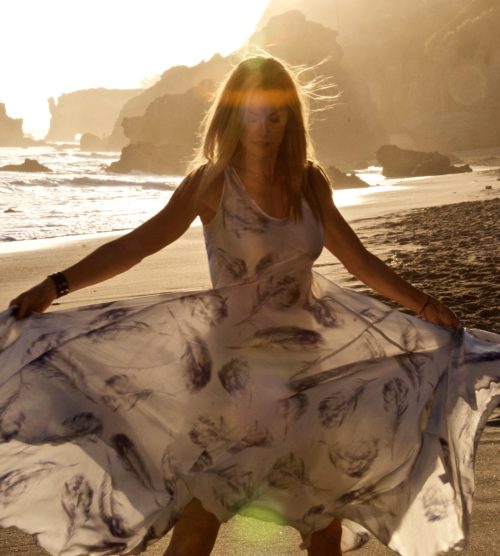
8. What do you hope readers will take away from reading your book?
What I have learned in life is a series of choices we make regardless of our circumstances. I could either make the choice to give up and let my life be determined by my circumstances, or fight to create something positive out of my situation. My choice is to notice the gifts life offers, which are particularly plentiful when you look for them. I believe in seeing the good in every situation and learning something from it.
I believe we can have the life we have always imagined, even if our circumstances have narrowed our possibilities. My sincere wish is that my story will help each reader claim their own power and belief in themselves and their dreams, and find their own resilience to move forward and choose a life filled with laughter and love, even when things don’t go as planned. We can’t choose what life throws our way, but we can choose to be happy and live a full life, despite our circumstances. Through our trials, we can embrace our challenges, connect to our innermost resilience, and change our perspective on life. We are all strong, but together we are unstoppable!
I’d like to thank Amberly Lago for taking the time to answer my questions so considerately.
Please visit her website to learn more about her life and work as a motivational speaker.
TRUE GRIT AND GRACE: Turning Tragedy Into Triumph by Amberly Lago (Morgan James Publishing; April 17, 2018) – Available to buy now from Amazon.
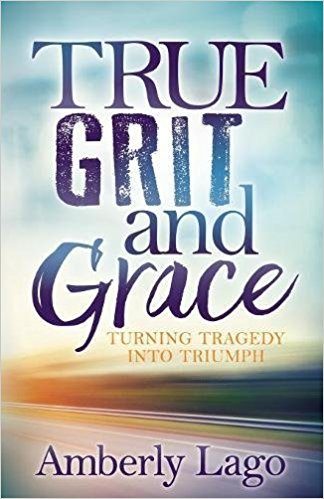
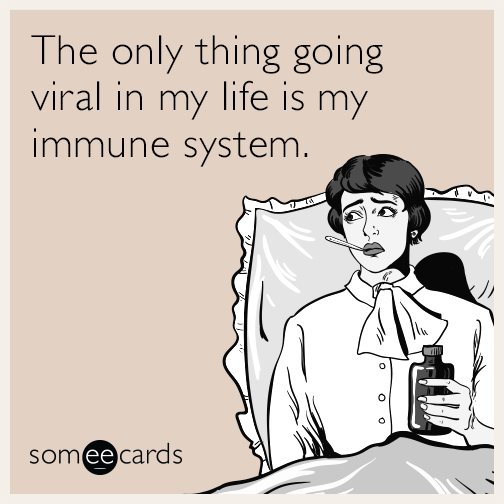
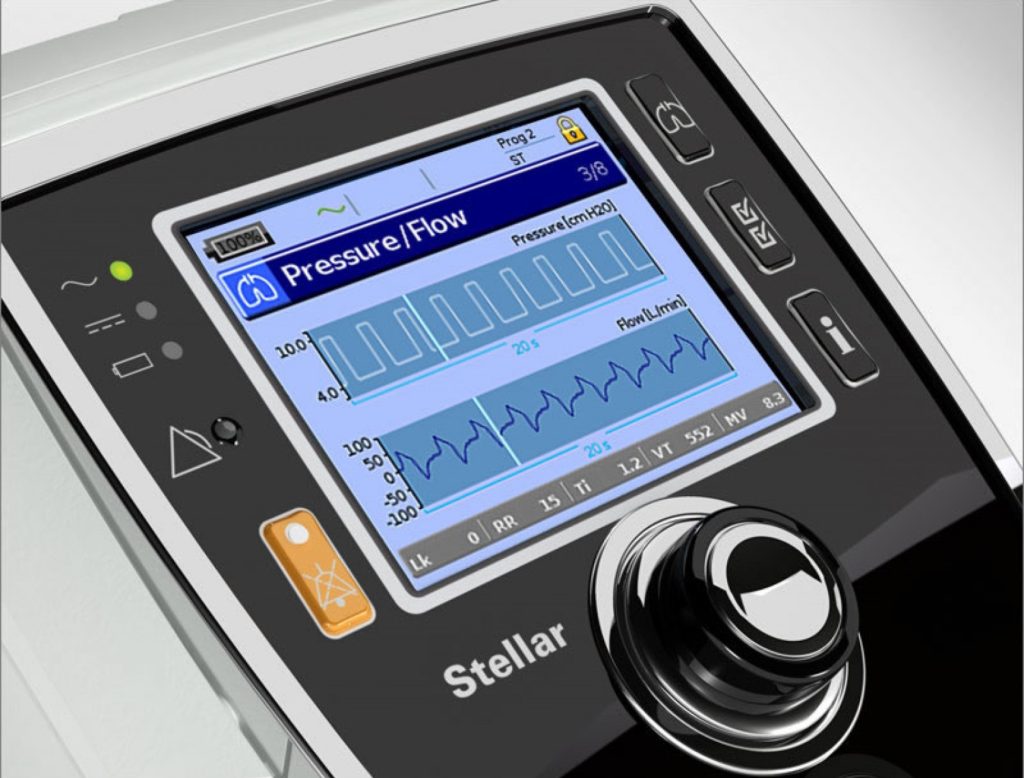
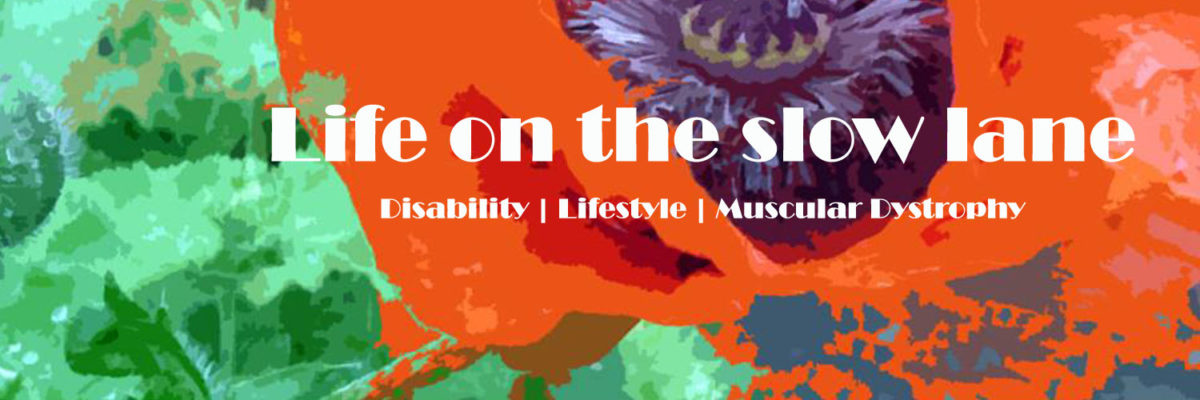
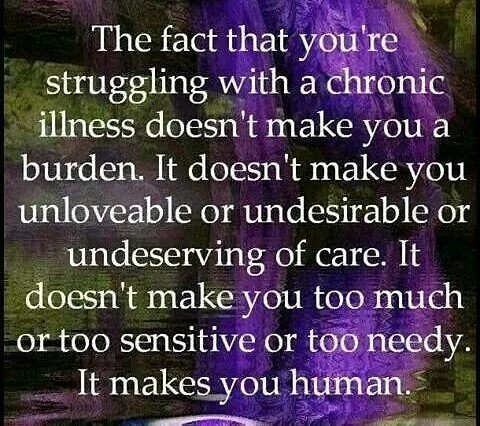
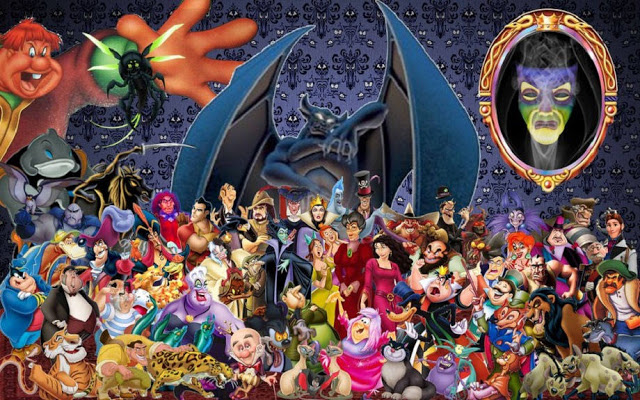
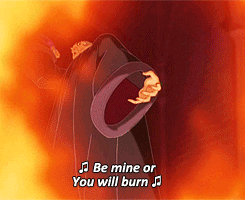


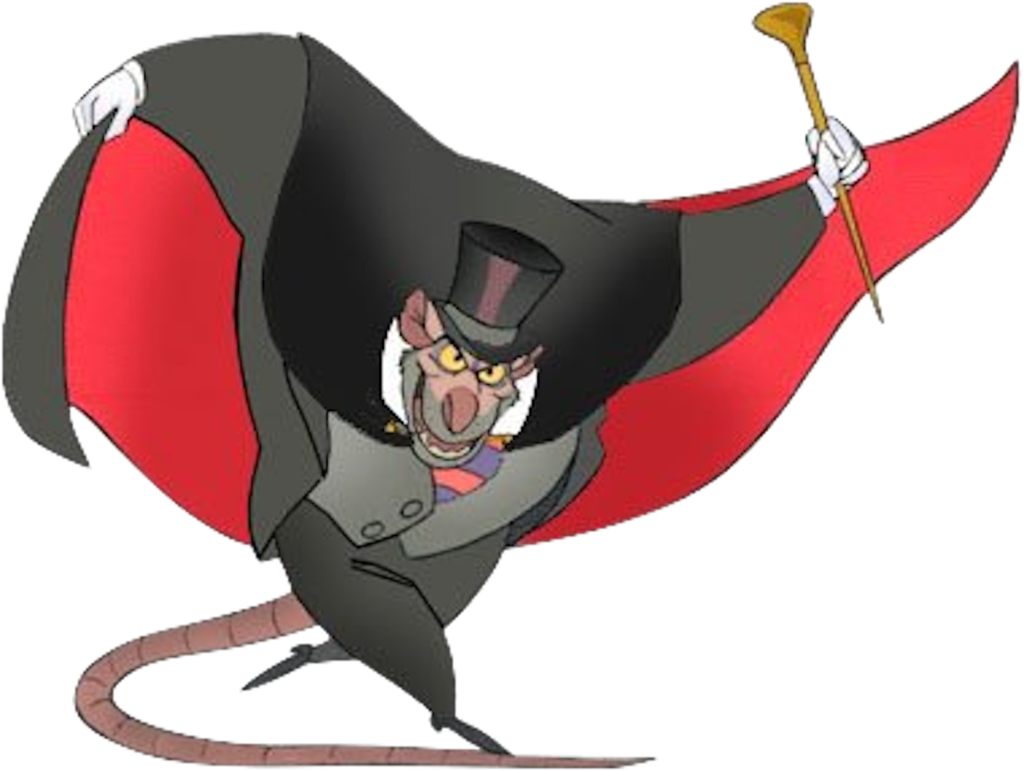
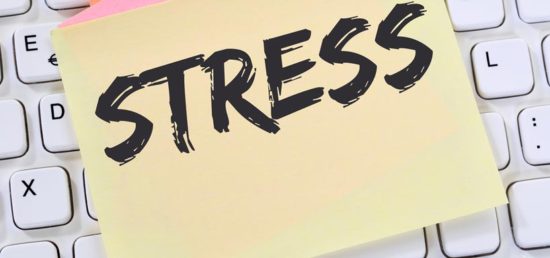
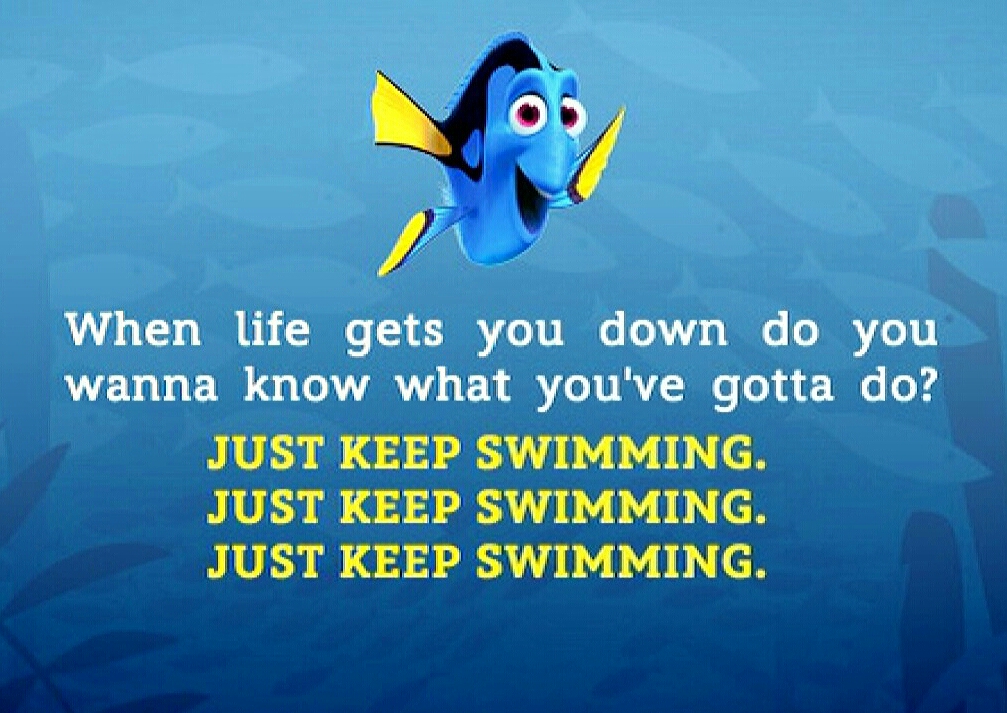

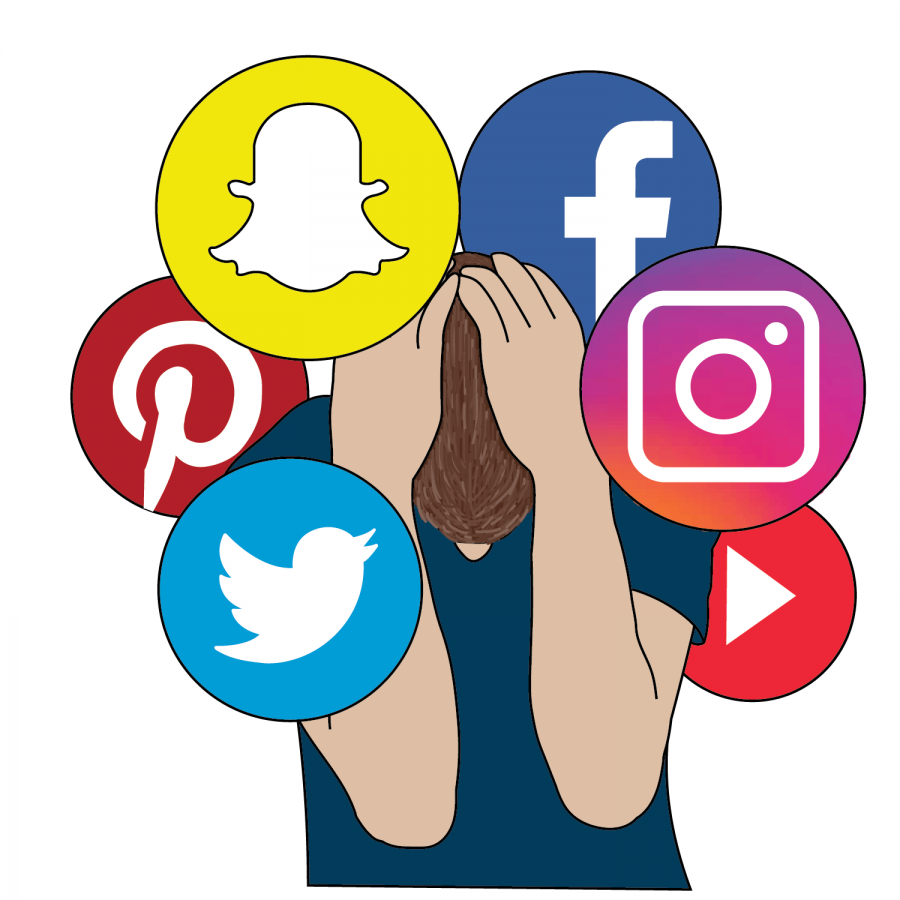
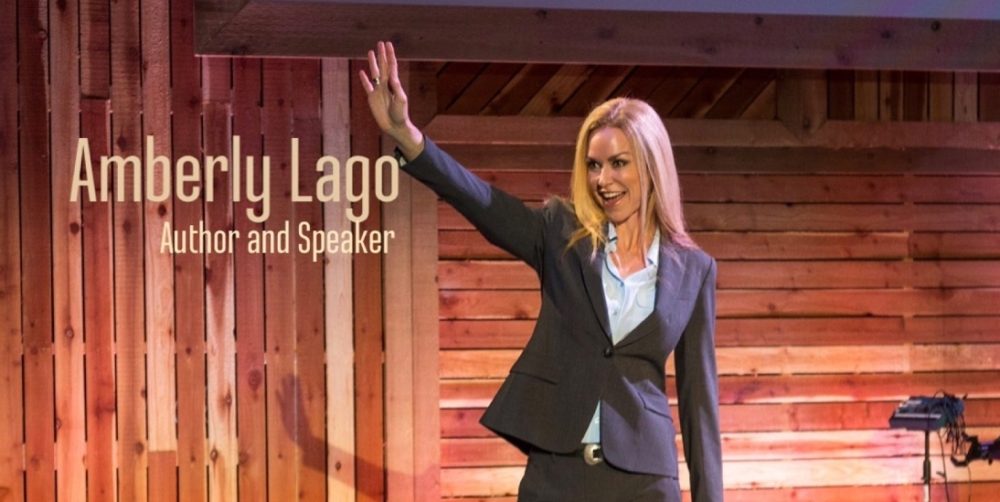




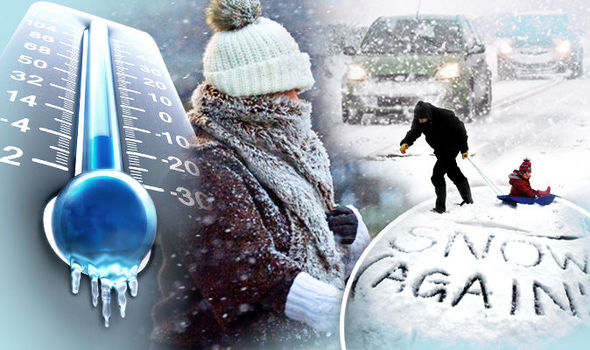

 Contacts –
Contacts – • I find smoothies and soups are an easy way to get your recommended allowance of vitamins and minerals. It’s really important to eat healthily to aid your bodies defence against all those coughs and colds circulating throughout the winter months. Remember: you are what you eat!
• I find smoothies and soups are an easy way to get your recommended allowance of vitamins and minerals. It’s really important to eat healthily to aid your bodies defence against all those coughs and colds circulating throughout the winter months. Remember: you are what you eat! • Top Foods: lemon, ginger, garlic, onion, kale, cinnamon, turmeric, honey, apple cider vinegar, grapes, natural yoghurt and chicken soup.
• Top Foods: lemon, ginger, garlic, onion, kale, cinnamon, turmeric, honey, apple cider vinegar, grapes, natural yoghurt and chicken soup.
